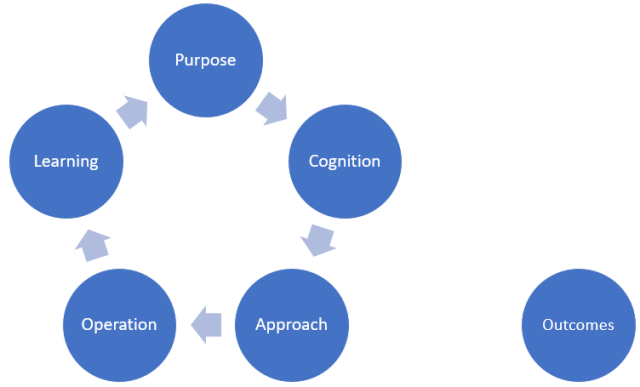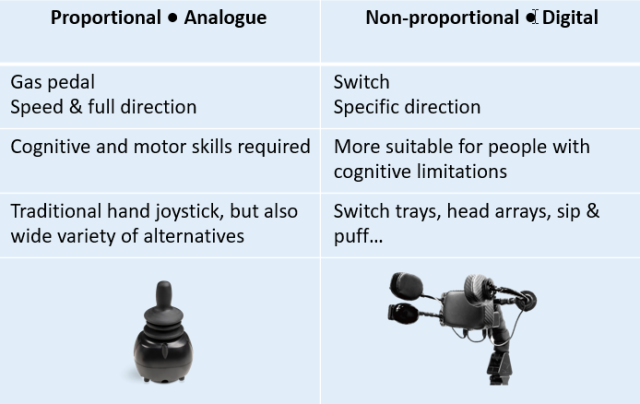Part 2 ● A comprehensive framework to assess drive control needs
In part 1 of this blog series, we illustrated what a standard drive control and a special drive control are and who special drive controls are for. Furthermore, we touched upon the first steps of selecting the right drive control.
In part 2, we dive deeper into the latter. We hand you a framework to use during the selection of a drive control. It is based on both existing frameworks (See sources) and years of expertise with people with complex mobility problems. By using five different building blocks, the framework helps you answer the question ‘What is needed to control an electric wheelchair?’
Building blocks of the framework
During the selection process of a drive control, we assess five different aspects. These aspects are the building blocks of our framework.
- Purpose: What is the reason for the search of a new or alternative control?
- Cognition: What are the cognitive abilities of the electric wheelchair user?
- Approach: Can the user reach the default joystick location or is an alternative location a must?
- Operation: How much force has the user got to operate the joystick?
- Learning: How much practice is needed to use the drive control?
Finally, we look at how to assess the outcomes and how you can measure the overall performance of the drive control.
Purpose: The motivation to control a wheelchair
With ‘Purpose’, you want to discover the motivation of the user to control an electric wheelchair. Together with the user, ask the question: What can you not do in the current set-up that you would like to be able to do?
It’s crucial to ask this question. The benefits of powered mobility are widely studies and proven. By using an electric wheelchair people experience greater participation in activities such as education, work, a whole range of social activities, and sports. The increased mobility enhances quality of life and well-being.
However, 40% of electric wheelchair users experience difficulties executing basic power wheelchair tasks such as controlling the joystick and manoeuvring backward. One of the reasons is the lacking fit between the person’s abilities and their electric wheelchair equipment.
So, the motivation for the alternative control might be overcoming these difficulties in executing basic tasks like rolling forwards and backward, maneuvering sideways, turning the wheelchair on or off, changing the speed, etc. But it is not limited to that. Maybe the wheelchair user wants to have better control over the wheelchair’s auxiliary functions ( e.g. light or horn)… Or maybe they want to be able to engage in social activities and sports.
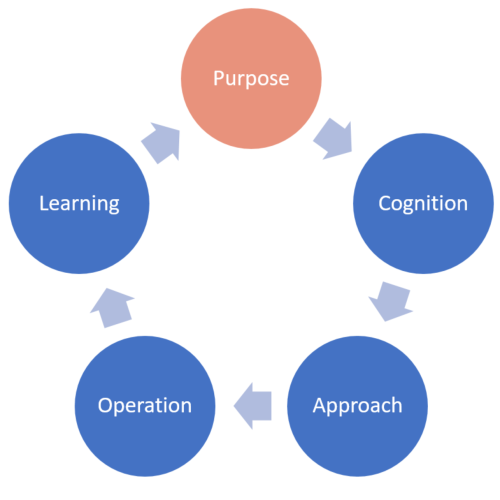
User story
Samuel could not drive a power wheelchair due to his spastic movements. An attendant had to drive him everywhere. During one of the assessments, Samuel tried a more durable joystick that requires 650 grams of force instead of the regular 250 grams. With this joystick, Samuel can drive around himself.
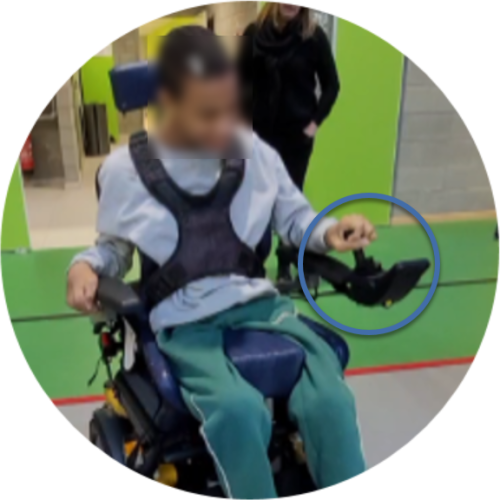
Tip ● The Wheelchair Skills Program is a set of free assessment and training protocols related to wheelchair skills and their use in everyday life situations. The Program offers an ‘Activities and Participation Checklist’ that can help you with identifying the purpose.
Cognition: The cognitive abilities of a wheelchair user
When the purpose is clear, you assess the user’s cognitive abilities. Cognition is the term for the mental processes that take place in the brain, including thinking, attention, language, learning, memory, and perception. It’s a combination of a whole lot of things.
Cognitive abilities are important to decide whether the users might best use a proportional or non-proportional control.
Proportional controls are always the preferred input method, whenever possible. It works like a gas pedal in a car. The further you move the joystick away from the centre position, the faster the wheelchair will move. The most common proportional control is the traditional hand joystick, but there’s a wide variety of alternatives.
A proportional control can be placed anywhere, as long as the user has the control to access at least three directions of movement (forward/reverse, left/right) or ideally four, for full access. Using a proportional control, however, requires cognitive and motor skills. The user must be able to grasp the concept of mobility.
A proportional control is the preferred input. It works like a gas pedal and requires cognitive and motor skills.
Individuals who do not have the ability to operate proportional controls must use a combination of switches with or without scanning control. These switches produce an action, which is either on or off in typically 4 or sometimes 8 directions of movement.
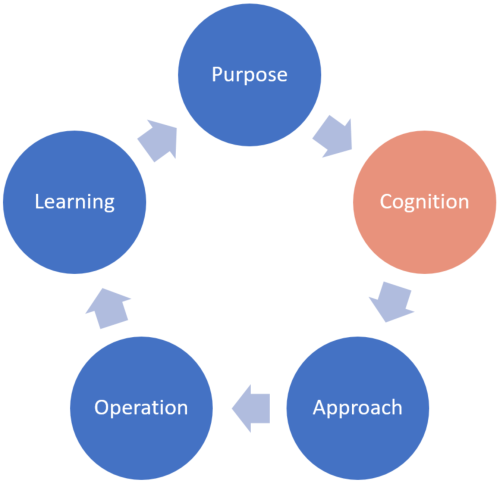
Approach: The optimal drive control placement
Approach is about the optimal placement of the drive control on the electric wheelchair. How will a user physically reach the control and use it comfortably? Three different factors determine the approach of the drive control: Vision, core stability, and joint flexion or extension.
In part 3 of this blog series, we discuss these factors and different drive control solutions for complex mobility problems more in-depth. Once you’ve identified the user’s body part that gives the most consistent access for independent control, you can start comparing different solutions on the market.
In short, three factors to determine drive control placement
- Vision: Ideally, you need vision to find the control system and safely navigate your surroundings, spot obstacles and estimate distances
- Core stability: The ability to maintain a stable and balanced position during movement and activities
- Joint flexion or extension: The ability to flex your shoulder and to extend your wrist and elbow (in case of a hand joystick in medial position)
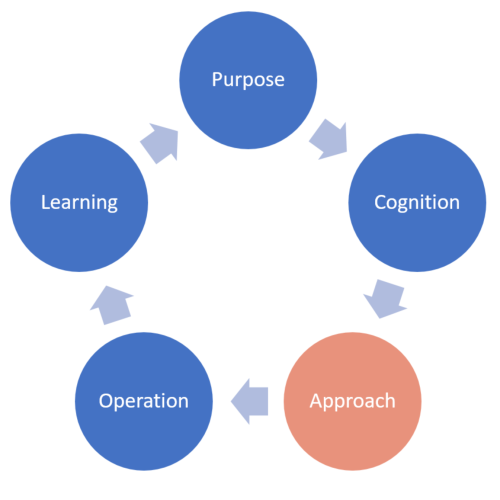
User story
Samuel (CP) could not drive a power wheelchair due to his spastic movements. A positioning vest was added to his set-up to improve his core stability and therefore fine motor skills. The dysfunction of the muscle groups is resolved considerably this way.
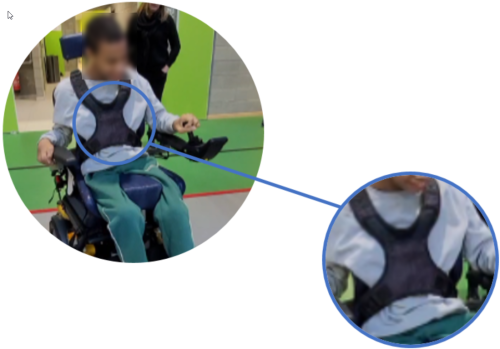
Operation: The required force to operate the drive control
Building block four is operation. We place it after approach but in reality this is assessed simultaneously. Operation is the force the user has got to operate the control. Often, you will start from the existing control and try out the next available solution. But the PT can also help you with manual muscle testing to assess the possibilities.
Assessing the force the user has, is key because there is a wide variety of joysticks available on the market. Many people are familiar with standard joysticks, mini joysticks and heavy duty joysticks but are not always aware of the options in between.
There are solutions available all the way down to only 5 grams of force required, for people with reduced muscle strength and movements. And on the other end of the spectrum there are solutions of up to 650 grams of force, for people with very spastic movements.
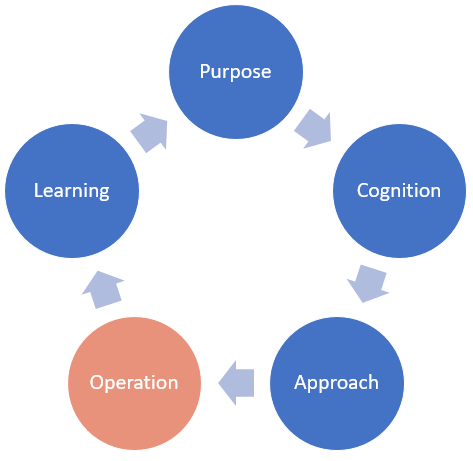
User story
Thomas started with a standard hand joystick mounted in midline position. He switched to a Micro Joystick (8 grams). Is this the best solution for him? This is difficult to say since several factors play a role.
On the one hand, it’s a pity he could not try a joystick which required 120 or 50 grams of force. Thomas will quickly get used to this lower force and will not “train” his muscles for a higher force.
However, function and mobility should always prevail when considering a new control. There are other ways to train his muscles, by doing exercises for example.
Furthermore, it’s important to introduce a new input method early on, allowing the user to become a proficient and to reduce potential frustration.
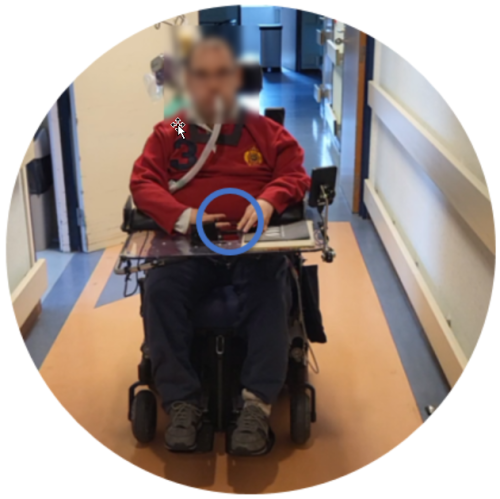
Learning: Becoming a competent electric wheelchair driver
The last building block – Learning – focuses on electric wheelchair driving skills. Because of the coordination it requires, navigating an electric wheelchair and avoiding collisions is often a daunting task for new wheelchair users. It takes time and practice to become a competent driver.
By practicing in a safe environment, the user acquires functional skills without facing the risks of learning to drive in the real world. Plenty of evidence points out that training in simulated situations enhances wheelchair skill performance. Simulations allow the learner to conveniently encounter challenges they might otherwise only encounter infrequently and that might be spread over multiple locations.
There are several options to practice wheelchair driving skills:
-
VR applications – For example, i-Drive System by Stealth
-
Gaming joysticks – For example, HID Joystick compatible with PC, XBOX, Adaptive Controller by mo-vis
There are also more standardized ways to train and follow up on the progress:
-
Wheelchair Skills Program – A standardized way to monitor and revise wheelchair skills
-
ALP tool - Assessment of Learning Powered Mobility Use, developed by Nilsson & Durkin
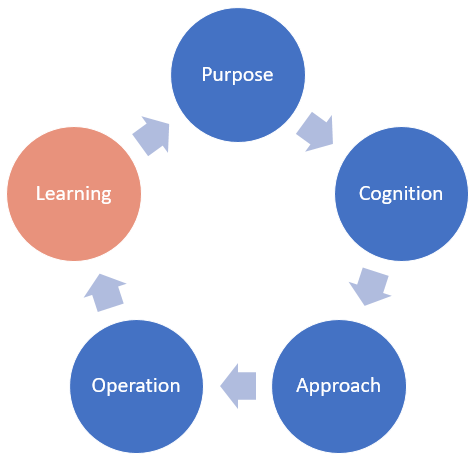
Outcomes: Assessing performance and impact
After a careful selection of the drive control, you want to assess its overall performance and more importantly, the impact on the user’s life. As mentioned, electric wheelchairs can have a positive impact on well-being, self-esteem, activity, and participation. However, electric wheelchairs aren’t the ultimate remedy. Tasks can remain too difficult or incur safety issues.
Hence it’s important to measure the outcomes of using a special drive control. Even more so because a study in 2022 shows the prevalence of formal wheelchair skills training is still low. To evaluate the outcome you can use the Wheelchair Skills Training Program (WSP) – in set time frames – or ask about the following:
- Injury rate
- Confidence with wheelchair use
- Mobility-related participation (Life Space Assessment)
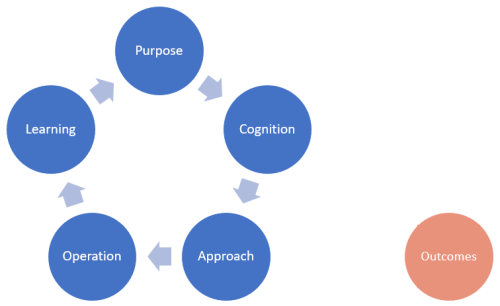
User story
Nora – who has a complex mobility disorder – experienced pain when managing her old drive control. This was a standard joystick, placed under a footplate. This is one of the reasons she switched to a dedicated Foot Control with the help of her therapist. It visibly costs her more effort to perform skills of the WSP e.g. driving backwards because she is going through a learning curve. Still, the switch to a new control is the preferred outcome as it was beneficial for her seating position and she got rid of the pain.
In this part of the blog series we discussed a framework to assess drive control needs. What we did not discuss, are existing drive controls and anatomical sites of the body suitable to operate a drive control. We discuss this in part 3 ‘Applying different drive control solutions to complex mobility problems’, illustrated with real-life examples.
Sources
Disclaimer - Due to privacy reasons, faces and names have been anonomised for the user stories.
- John et al., 2017, The Implementation and Validation of a Virtual Environment for Training Powered Wheelchair Manoeuvres, IEEE Transactions on Visualization and Computer Graphics; 24(5)
- Kirby et al., 2015, Effectiveness of a Wheelchair Skills Training Program for Powered Wheelchair Users: A Randomized Controlled Trial, Physical Medicine and Rehabilitation, 96(11), 2017-202
- Lange & Minkel, 2018, Seating and Wheeled Mobility: A Clinical Resource Guide, Thorofare, NJ: Slack Inc., ISBN: 971-1-63091-396-0
- Nilsson & Durkin, 2014, Assessment of learning powered mobility use—Applying grounded theory to occupational performance, Journal of Rehabilitation Research & Development; 51(6), 963-974
- Stalvey et al., 1999, The Life Space Questionnaire: A measure of the extent of mobility of older adults, Journal of Applied Gerontology 18: 479-498
- Torkia et al., 2015, Power wheelchair driving challenges in the community: a users' perspective, Disabil Rehabil Assist Technol.; 10(3): 211–215
- Vercaemer et al., 2017, Clinical Guide to Powerchair Provision, Invacare N.V.
- Wheelchair Skills Program Manual Version 5.3
